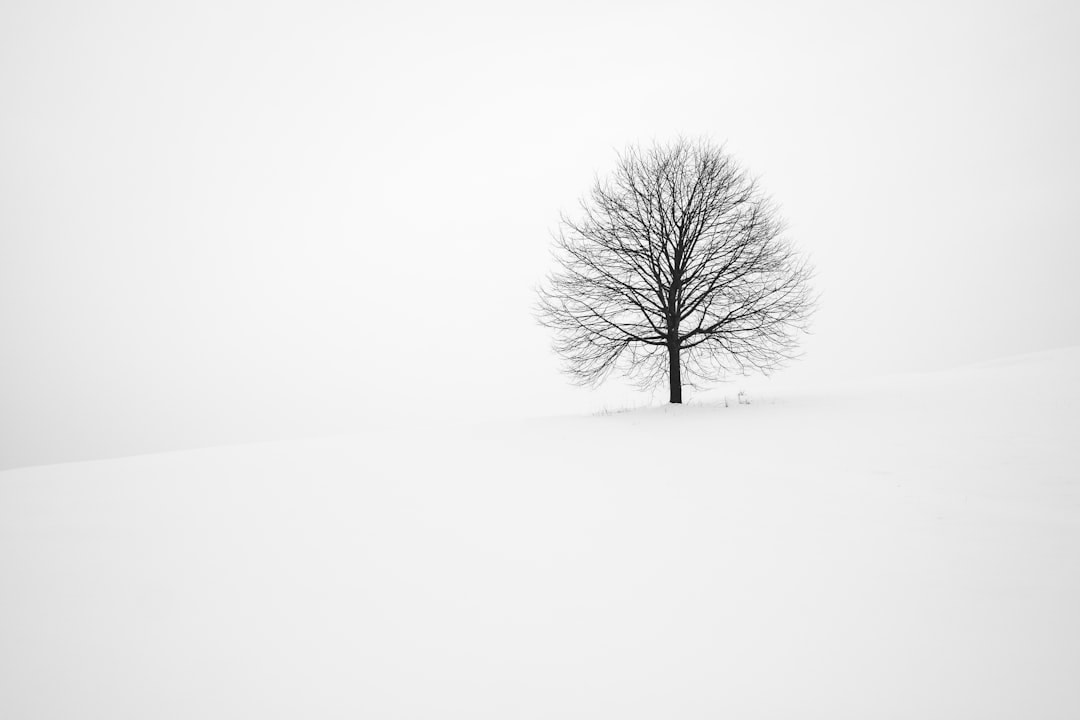Deep in the folklore of Eastern Europe lies a name that has fascinated historians, gamers, and fantasy enthusiasts alike: Korpenpelloz. Whether whispered in tales passed down through generations or featured in modern high fantasy games, this enigmatic figure or place (depending on which version of the legend you believe) is full of surprises. If you think you’ve heard it all, think again. Here are ten interesting facts about Korpenpelloz that will leave you amazed.
1. Korpenpelloz Is Not Always a Person
One of the most intriguing aspects of Korpenpelloz is that its identity shifts depending on the story. In some Slavic myths, Korpenpelloz is described as a mythical ranger who guards the Forgotten Forest. In others, it refers to a cursed village lost to time. This duality has puzzled scholars and makes it a rich source of inspiration for storytellers and fantasy writers alike.
2. The Name Translates to “Feather of Shadows”
Linguists believe that the name Korpenpelloz is derived from ancient proto-Slavic roots: “korpen” meaning “raven” or “dark feather” and “pelloz,” a rarely used suffix meaning “shadow.” Thus, the name may roughly translate to “Feather of Shadows,” fitting for something—or someone—shrouded in mystery.
3. Modern Pop Culture References
Despite its folkloric origins, Korpenpelloz has seen a resurgence in popularity thanks to modern media. It appears as a secret boss in the acclaimed video game Beneath the Hollow and was even referenced cryptically in an episode of the paranormal podcast The Howl Frequency. Fans love to speculate about hidden meanings and connections.
4. An Ancient Tapestry Holds Its First Visual
The first known depiction of Korpenpelloz appears in a tattered 15th-century tapestry found in a monastery in Southern Poland. The tapestry shows a cloaked figure with feathered wings standing before a forest engulfed in mist. This has fueled theories that Korpenpelloz may originally have been thought of as a guardian spirit or celestial presence.

5. There’s a Real Place Named After It
Believe it or not, there’s a small village named Korpenpela in the Vinnytsia region of Ukraine. Local historians argue it’s a linguistic offshoot of Korpenpelloz and that the town was named in tribute to the legends. While no definitive archeological link has been found, the residents celebrate an annual festival inspired by the myths.
6. A Myth Within a Myth
Korpenpelloz is unique in that it often appears within other legends. In the story of the “Seven Stones of Olenka,” for instance, a mysterious traveler named Korpenpelloz appears only briefly, yet alters the destiny of the main characters. This creates a storyline matrix—some might even call it a shared universe—that fans delight in unraveling.
7. Believed to Control Time in Some Tales
In obscure Belorussian tales, Korpenpelloz was said to wear a time-loop ring that allowed him to revisit moments of high emotional energy—joy, sorrow, or betrayal. The legends tell of his mission to fix tears in the “River of Hours,” a poetic metaphor for time itself. Though fantastical, these stories hint at early philosophical thoughts about fate and free will.
8. Linked to Ravens and Trees
Whether Korpenpelloz is portrayed as man, beast, or place, ravens and ancient trees are a constant theme. Some believe the spirit of Korpenpelloz resides in the tallest tree of the forest and sends ravens as his messengers. This association adds layers of symbolism, linking Korpenpelloz to wisdom, death, and regeneration.

9. A Favorite in Role-Playing Campaigns
Due to its rich lore and mysterious aura, Korpenpelloz has become a popular epic character or setting in tabletop RPGs like Dungeons & Dragons and Pathfinder. Dungeon masters often build entire quests around the search for Korpenpelloz, offering magical artifacts, cryptic riddles, and moral dilemmas along the way.
10. No Definitive Ending
Unlike many myths that end with a clear moral or conclusion, Korpenpelloz’s stories often end in ambiguity. Whether triumph or tragedy, the tale usually fades into mystery just when you expect resolution. This open-endedness may be one reason the legend has endured—it invites each generation to add their own interpretation.
Whether you’re a folklore enthusiast or just someone who loves a good mystery, the legend of Korpenpelloz offers a fascinating blend of shadow, story, and speculation. Its mysterious nature is part of what makes it so captivating—after all, in a world where so much is known, a little enigma goes a long way.

